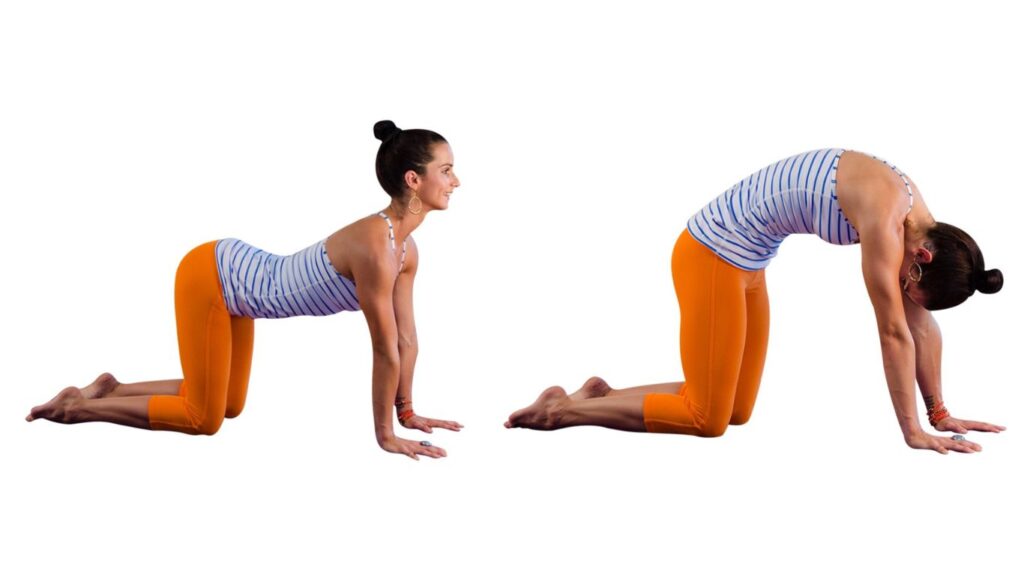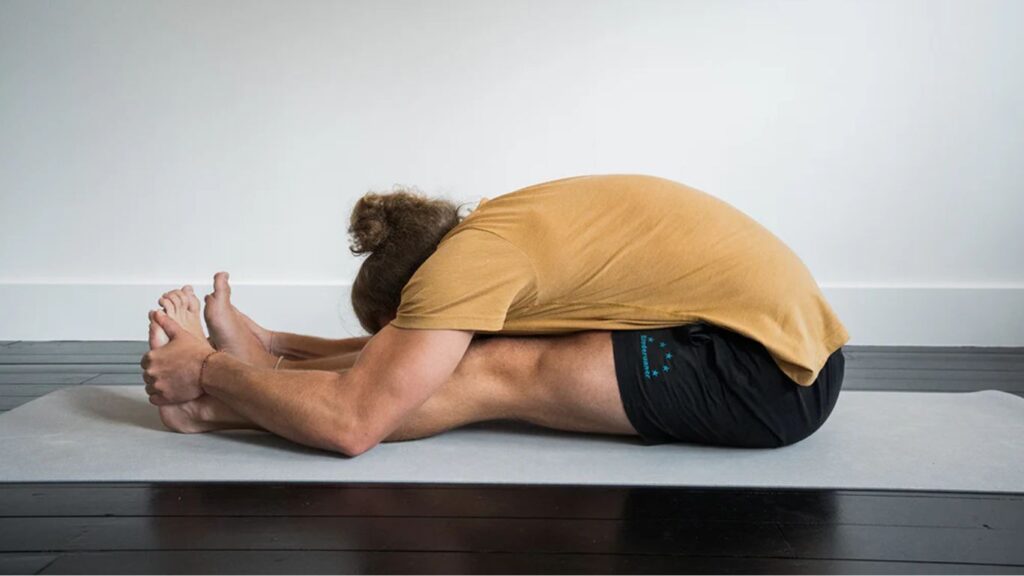Your spine is the pillar of your body, supporting movement, balance, and stability. A healthy spine is crucial for overall well-being, yet modern sedentary lifestyles often lead to back pain and stiffness. Yoga and stretching exercises can help strengthen your spine, improve flexibility, and alleviate discomfort. Here’s a guide to some effective poses and stretches that will keep your spine strong and healthy.
Yoga and Stretching Exercises to Strengthen Your Spine
Benefits of Yoga and Stretching for Spinal Health
- Improves Flexibility: Regular stretching reduces stiffness and increases the spine’s range of motion.
- Builds Strength: Yoga strengthens the core and back muscles that support the spine.
- Enhances Posture: It promotes alignment and reduces strain on the spine caused by slouching.
- Relieves Pain: Stretching alleviates tension in the muscles surrounding the spine, reducing chronic pain.
- Boosts Circulation: Improved blood flow to the spinal discs ensures their health and function.
Yoga Poses for a Stronger Spine

1. Cat-Cow Pose (Marjaryasana-Bitilasana)
- How to Do It:
- Start on your hands and knees with your wrists under your shoulders and knees under your hips.
- Inhale, arch your back, and lift your head and tailbone toward the ceiling (cow pose).
- Exhale, round your back, tuck your chin to your chest, and pull your belly button toward your spine (cat pose).
- Benefits: Increases spinal flexibility, reduces stiffness, and warms up the spine.
2. Downward-Facing Dog (Adho Mukha Svanasana)
- How to Do It:
- Start on your hands and knees, then lift your hips toward the ceiling, forming an inverted “V” shape.
- Keep your arms and legs straight while pressing your heels toward the ground.
- Benefits: Stretches the spine, hamstrings, and shoulders while relieving tension in the lower back.
3. Cobra Pose (Bhujangasana)
- How to Do It:
- Lie on your stomach with your palms under your shoulders.
- Press into your palms, lift your chest off the floor, and keep your elbows slightly bent.
- Keep your shoulders away from your ears and your gaze forward.
- Benefits: Strengthens the lower back, improves spinal flexibility, and opens the chest.
4. Child’s Pose (Balasana)
- How to Do It:
- Kneel on the floor, sit back on your heels, and extend your arms forward while lowering your chest to the mat.
- Rest your forehead on the ground and relax your shoulders.
- Benefits: Gently stretches the spine, relieves tension, and calms the mind.
5. Bridge Pose (Setu Bandhasana)
- How to Do It:
- Lie on your back with your knees bent and feet flat on the floor, hip-width apart.
- Press into your feet, lift your hips toward the ceiling, and clasp your hands underneath your body.
- Benefits: Strengthens the lower back, improves spinal stability, and stretches the chest and neck.
Stretching Exercises for Spinal Health

1. Seated Forward Bend
- How to Do It:
- Sit with your legs extended straight in front of you.
- Inhale and lengthen your spine, then exhale and fold forward, reaching for your toes.
- Keep your back straight and avoid rounding your shoulders.
- Benefits: Stretches the lower back, hamstrings, and spinal muscles.
2. Spinal Twist
- How to Do It:
- Sit with your legs extended, then bend your right knee and place your foot on the outside of your left thigh.
- Place your right hand behind you for support and your left elbow outside your right knee.
- Twist gently to the right, keeping your spine tall.
- Benefits: Improves spinal mobility and relieves tension in the back.
3. Standing Side Stretch
- How to Do It:
- Stand with your feet shoulder-width apart and raise your arms overhead.
- Interlace your fingers and stretch to one side, keeping your torso elongated.
- Return to center and repeat on the other side.
- Benefits: Stretches the sides of the spine and enhances flexibility.
4. Knee-to-Chest Stretch
- How to Do It:
- Lie on your back with your legs extended.
- Bring one knee to your chest, holding it with your hands, and keep the other leg straight.
- Switch sides after 20–30 seconds.
- Benefits: Relieves lower back tension and stretches the hips.
5. Pelvic Tilt
- How to Do It:
- Lie on your back with your knees bent and feet flat on the floor.
- Press your lower back into the floor by tilting your pelvis upward, then release.
- Benefits: Strengthens the lower back and improves spinal stability.
Tips for Practicing Safely

- Warm Up First: Always start with gentle stretches to prepare your spine and muscles.
- Listen to Your Body: Avoid pushing into pain; focus on slow and controlled movements.
- Practice Regularly: Consistency is key to achieving long-term spinal health.
- Seek Guidance: If you’re new to yoga or stretching, consider attending a class or consulting a professional to ensure proper alignment.
Conclusion
Yoga and stretching exercises are powerful tools for maintaining a healthy spine. They not only strengthen the supporting muscles but also promote flexibility and reduce stress. By incorporating these poses and stretches into your daily routine, you can protect your spine, alleviate pain, and improve your overall quality of life.
Also read: Understanding Common Spinal Disorders and How to Prevent Them
